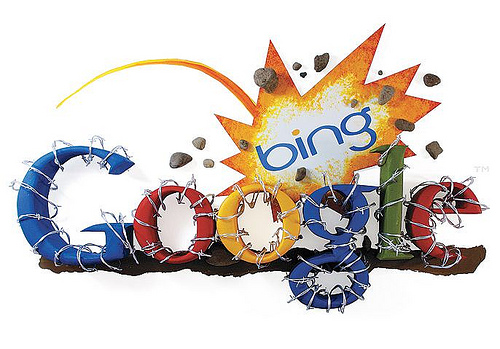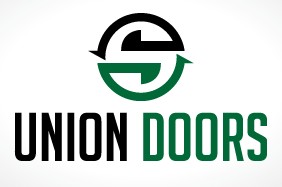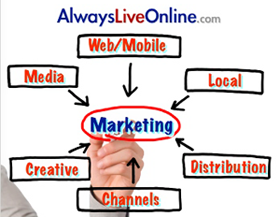Bing Adds 5x More Facebook Content to its Search Results
Just a couple days after Facebook’s hyped up “secret” announcement was revealed to be Graph Search — which, powered by Bing, uses social signals to try to create a truly social search experience within Facebook — Bing has announced that its search results will now feature 5x more content from users’ Facebook friends, including status updates, links, and comments. Big surprise, right? You know … a little of the ‘ol “you scratch my back, and I’ll scratch yours” action? Okay, okay, so in the marketing world, we call this ‘co-marketing.’In any event, let’s take a closer look at the social changes Bing has made to its search engine results, and why, at least as a marketer, you should give a hoot.
What Has Changed About Bing’s Search Results
I know what you’re thinking, you well-informed marketer, you: “But Bing was already incorporating social data from Facebook into its search results.” Yes, this is true. Back in June, 2012, Bing started including Facebook Likes, photos, and profile information into search results. But now, there’s even more. Five times more, to be exact. In addition to the Facebook results Bing was already showing, now you’ll also see status updates, shared links, and comments — all served up to you in the far-right sidebar of Bing’s new three-column design when you connect your Facebook account, as pictured below (click image to enlarge).
So if you were to do a search for, say, “Boston restaurants” as I did above, you’d get organic results on the left, PPC results in the middle, and primarily Facebook results on the right, which could include anything from shared links, photos, comments, status updates, or Likes from your friends about restaurants in Boston. Pretty helpful if you’re a user trying to decide where to go out to eat on a Friday night, right?
While social results aren’t limited just to Facebook content — they also include other social networks like Twitter, Quora, Foursquare, etc. — Bing seems to be featuring Facebook results most prominently.

Furthermore, Bing’s new design removes the need for users to hover over an individual friend’s avatar to see additional content, which was previously the case. Users can quickly see content marked as “social results” in the sidebar. Users can also click on the “+ see all” icon at the bottom in order to access even more social results.
Check out this video from Bing to learn more about the changes:
Why Marketers Should Care
Whether or not you choose to use Bing for your own personal search engine needs, there are people out there who do.
In fact, according to comScore, Bing is at an all-time high. Its 16% market share is second to Google’s 66.9% as of October 2012. And after Bing’s Bing It On Challenge — which pitted Bing’s search results against Google’s in a blind comparison test and showed that people preferred Bing results to Google’s nearly 2:1 — of people who identified Google as their primary search engine, 33% said they would use Bing more often after taking the challenge.
So yes, believe it or not, there is a good chunk of users — many of which are probably your prospects — who are using Bing to power their searches. And with the increased emphasis on content from Facebook in its search results, you can’t really afford to miss out on a piece of that pie. So the lesson is probably one you’ve heard from us time and time again, but that’s only because the changes search engines are making to take more and more social cues into consideration just keep on coming. And it’s not just about creating a Facebook page so you can share your content and engage with fans on your own terms, either. It’s also about consistently creating content that people will naturally want to share on Facebook and in other social networks — which can then also show up in their friends’ search results.
So hop to it, marketers! Social in search is here to stay, and you can’t afford to miss out.























You must be logged in to post a comment.